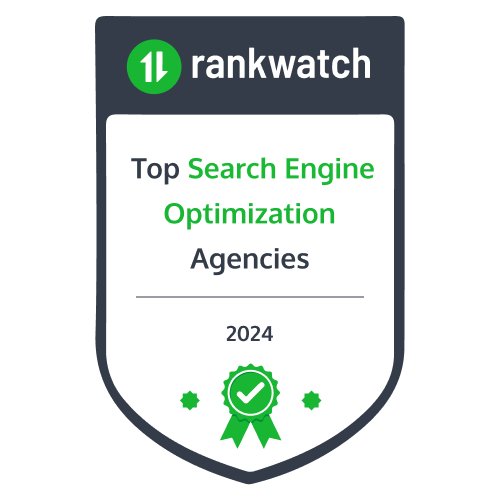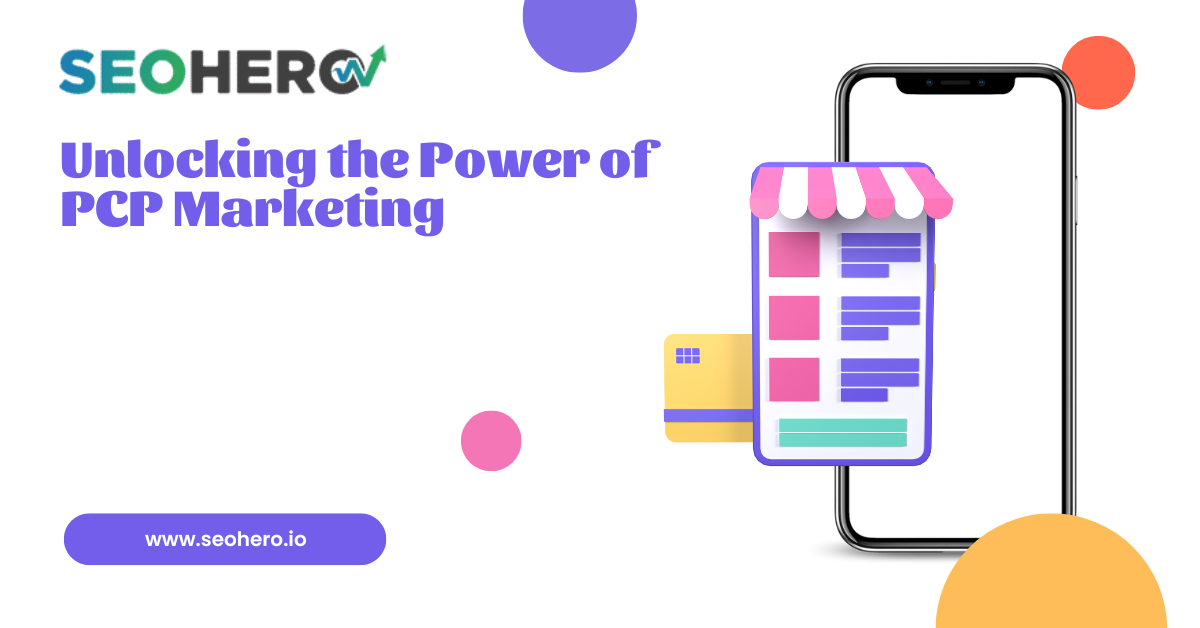
Unlocking the Power of PCP Marketing: Strategies for Business GrowthAre you struggling to get your business noticed online?
You’ve come to the right place. In this guide, we’re taking a look at Proper Company Promotion (PCP) marketing. It’s a smart way to earn links and traffic without relying on shortcuts or quick fixes.
In the next ten minutes, you’ll learn how to boost your online presence and attract more customers.
Let’s get started.
What Is PCP Marketing? And Why It Matters
PCP marketing, or Proper Company Promotion marketing, emphasizes organic and strategic link-building and traffic generation. Instead of using scammy link-building practices or quick software fixes, you focus on creating a real, lasting online presence. Build trust and deliver quality content that speaks to your audience.
When you prioritize quality over quantity, you create a strong foundation for your business.
And as you earn links from reputable sources, search engines notice. As a result, your search engine rankings improve, and you get more organic traffic.
5 Examples of PCP Marketing Strategies
You might wonder what strategies fall under PCP marketing.
Here are some ways you can draw eyes to your brand and earn valuable links with PCP marketing.
1. Guest Blogging
Guest blogging still holds significant power. It’s a chance to showcase your expertise and reach new audiences.
And since many blog owners look for unique, valuable content, there are plenty of opportunities available.
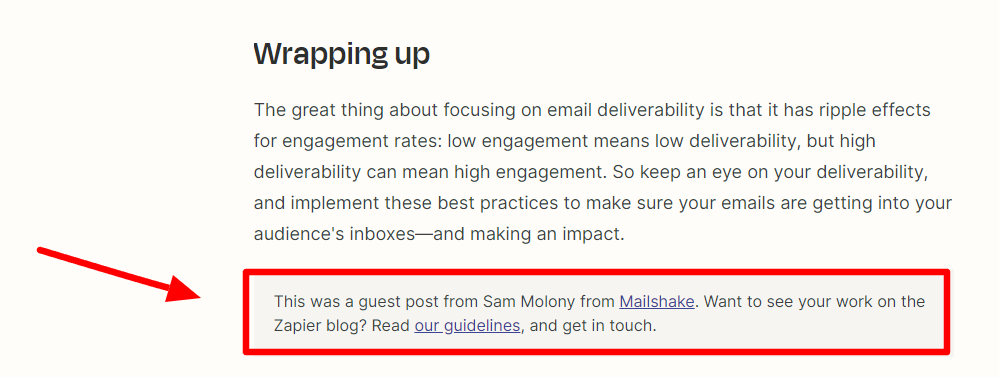
When you write these guest posts, focus on high-quality, informative content.
For example, if you’re writing for a pet grooming blog, you might share tips about how to keep pets clean and healthy. (You’d also include relevant links to your site within the article). When readers click those links, Google sees your site as trustworthy. This can lead to higher search engine rankings and more organic traffic.
2. Collaborating with Influencers
Partnering with influencers can enhance your reach and inspire virality.
Choose influencers whose audiences align with your target market. When they share your products or services, it can help you attract potential customers.
Imagine a small clothing brand teaming up with a local fashion influencer. The influencer posts a Reels series showcasing the brand’s favorite outfits. This exposes the brand to new (relevant) eyes, which can inspire a traffic increase — and sales!
3. Social Media Engagement
Social media platforms are gold mines for engagement. Use these channels to promote your blog posts and other content — and invite users to your site (or landing pages). Leverage social media tools to streamline your engagement processes and gain valuable insights into audience interactions.
Share valuable tips related to your industry. And engage with your audience by answering questions and responding to comments.
For instance, if you run a fitness center, share workout tips or healthy recipes. You can also invite your followers to share their experiences when they work with you. This builds community, increases visibility, and helps you drum up social proof. (Be sure to share this social proof everywhere! In your ads, landing pages, website, and marketing campaigns.)
As you engage, don’t forget to link back to your website when relevant.
4. Online Advertising
While not exactly an “organic” strategy, running online ads is still a valid way to drive traffic to your website. Especially if you integrate the right SEO keywords.
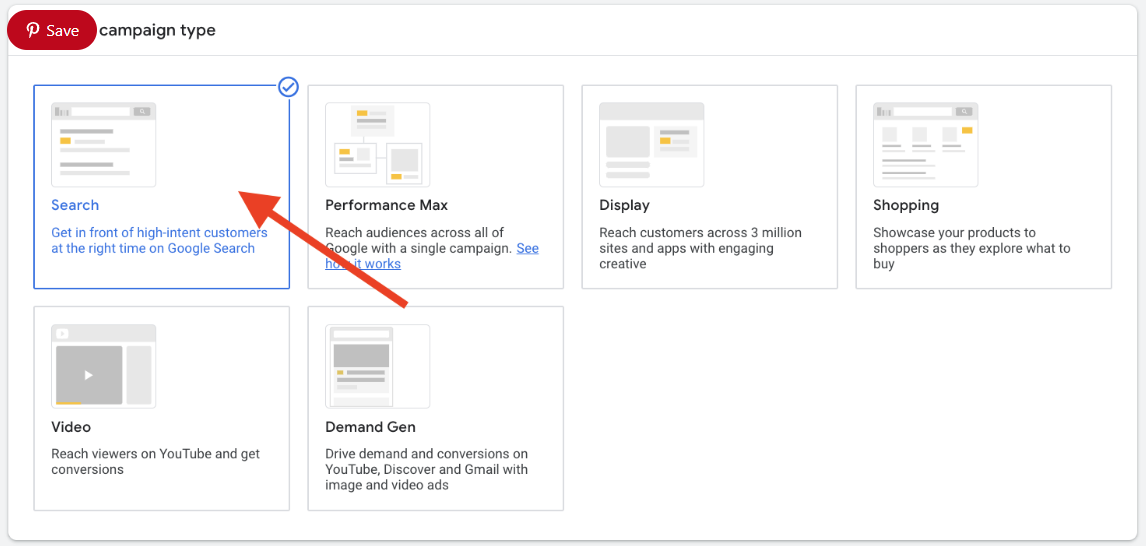
It also shows Google that people are interested in your offerings.
Think about a local bakery.
If it runs a Google Ads campaign featuring delicious pastry photos, it could encourage users to provide their email addresses to get a coupon. The ad could send the user to the site’s opt-in page. The user could then supply their contact information and receive their discount code in a matter of seconds.
Even if they don’t buy right away, the bakery now has their contact details. This means it can immediately add the user to its lead nurturing funnel.
5. Events, Community Outreach, and Press Releases
Sponsoring local events is a fantastic way to boost your visibility.
Imagine a local landscaping business revitalizing a community park. A headline like “Local Landscaping Business Breathes New Life into Community Park” could appear in the local newspaper.
Consider getting involved by sponsoring sports teams or hosting community events. You can also join your local chamber of commerce and ask what events you can be a part of.
For example, your business might set up a booth at a local vendor fair. This shows your commitment to the community and helps you connect with your target audience.
After you engage with your community, share your story.
Write a press release about your involvement and send it to local news outlets. Make sure to include links back to your website. This strategy can help you earn authentic, high-quality backlinks that Google loves.
PCP Marketing Best Practices
As you implement PCP marketing, be sure to focus on the following:
- Write engaging content that speaks directly to your target audience. Think about what they want and need. (And provide them with concrete solutions.)
- Use targeted keywords in your content. This helps potential customers find you through search engines.
- Aim for backlinks from authoritative sites in your niche. This boosts your credibility and authority, too.
- Earn, don’t just create links. Earning quality links is better than forcing in a bunch of low-value ones.
- Don’t forget to diversify your content. Use different platforms and content to reach more people.
Following these best practices can help position your brand for long-term success and endless traffic.
How to Implement PCP Marketing
Ready to start your PCP marketing journey?
Here’s a super-quick step-by-step guide.
Step 1: Identify Your Target Audience
Who’s your target audience? What customer groups do you serve within that audience? What do they need? And how can you help?
Conduct market research to gather insights about the type of content that resonates with them.
Step 2: Create Quality Content
Write high-quality blog posts, guides, and articles that provide real value. Use your expertise to answer common questions your audience has.
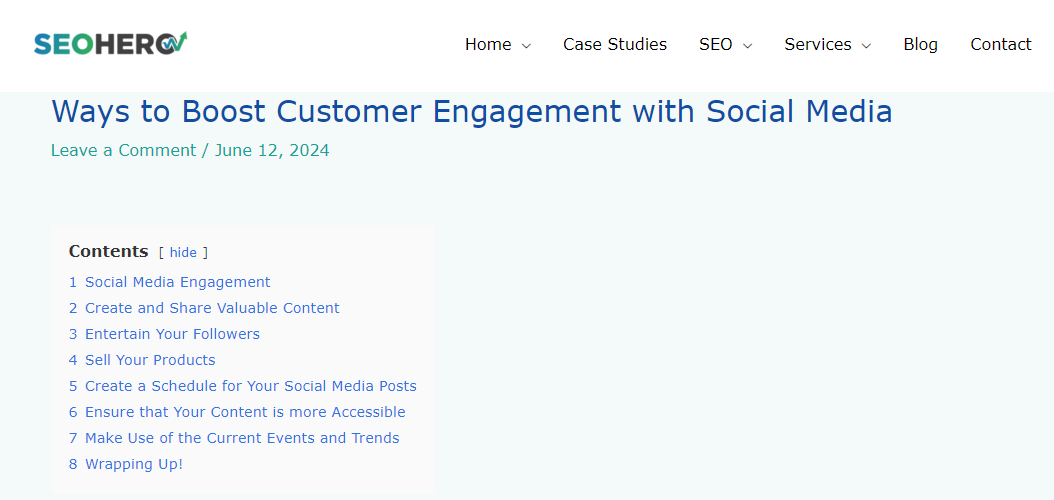
Step 3: Promote Your Content
Once you’ve created content, promote it through social media, email newsletters, and community events. Use every avenue available to get the word out. You can also partner with affiliate marketers to get your content in front of more eyes.
Step 4: Engage with Your Community
Get involved in your local community.
Attend events and volunteer. And share your experiences on your website and social media. Even if you run a remote business, this can humanize your brand and help you demonstrate your mission and values.
Step 5: Monitor Your Results
Keep track of your efforts. Use tools to analyze your website traffic and search engine rankings. Adjust your strategies based on what works best.
Step 6: Build Relationships
Connect with other businesses and influencers in your industry. Collaboration can lead to more exposure and valuable backlinks.
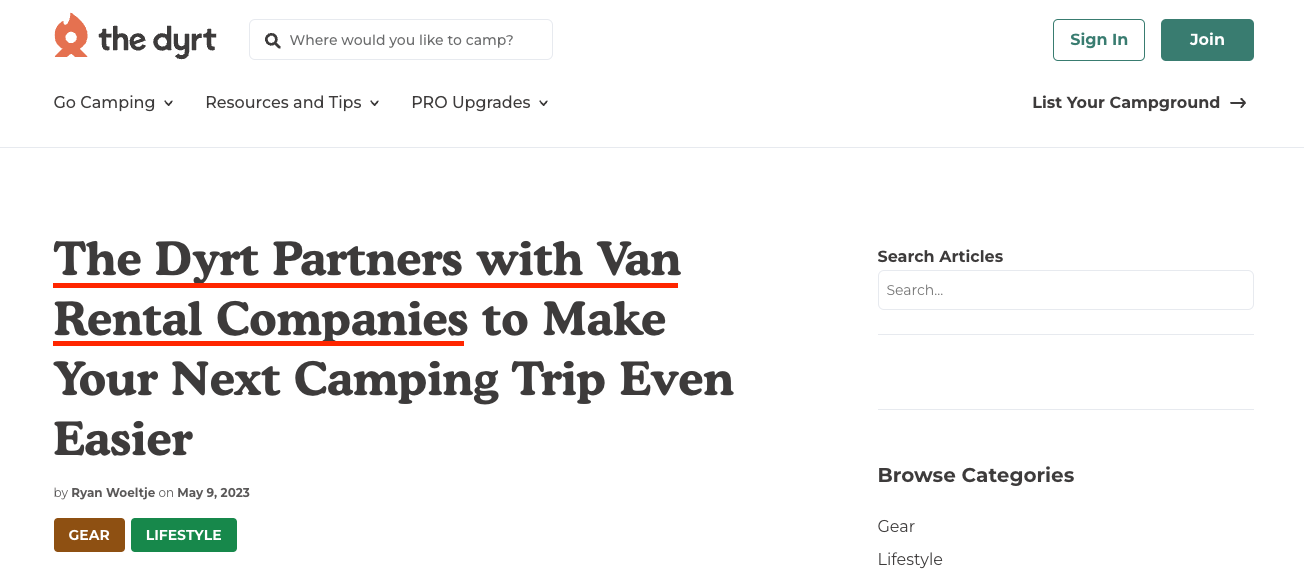
The trick? Lock arms with businesses and influencers that target the same audience you do — but aren’t direct competitors.
Step 7: Stay Consistent
Keep producing content and engaging with your audience. Track analytics to see which days, times, and topics help you gain more marketing traction. Over time, your efforts will pay off.
FAQs
What are the 5 P’s of marketing?
The 5 P’s of marketing are:
- Promotion
- Product
- People
- Place
- Price
The 5 P’s make up a framework to help guide marketers through the marketing process and stay focused on the things that matter most.
How to come up with a marketing strategy
Follow these steps to create new marketing strategies:
- Perform competitor analysis
- Collect market research
- Create buyer personas
- Leverage A/B tests
- Track and analyze results and iterate new strategies
Wrap Up
PCP marketing is about cultivating a sustainable online presence.
The key is to focus on high-quality content that resonates with your audience and includes targeted keywords. Earning backlinks from authoritative sites also enhances your credibility, while community engagement helps foster trust and loyalty.
Each of these strategies works in tandem, so your efforts lead to meaningful growth. Start implementing these practices today to drive more traffic and sales.
Want more traffic and better ads? Contact SEO Hero for tailored solutions now.




